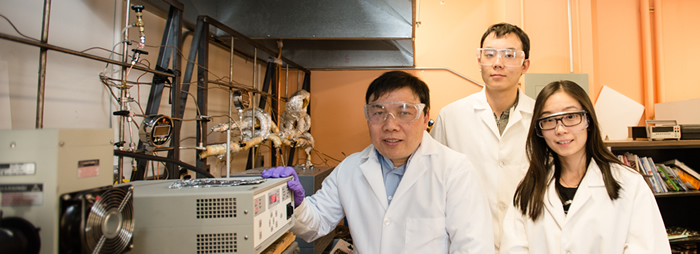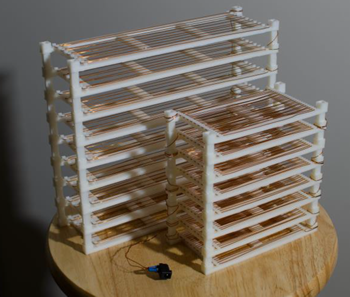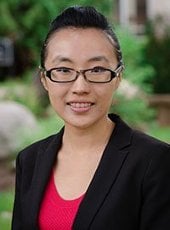
HOUGHTON — According to one study, more than 90 percent of U.S. medical expenses are spent on patients with chronic diseases. According the Center for Disease Control and Prevention, $190 billion are spent on cardiovascular disease that in many cases, patients are required to wear a heart monitor day and night. For those patients, heart monitoring will soon become easier, more comfortable, and more convenient, thanks to Michigan Technological University Researcher Ye (Sarah) Sun.
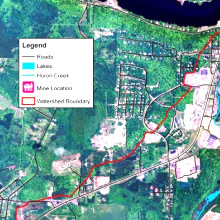
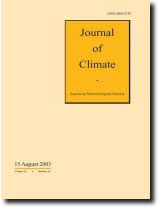
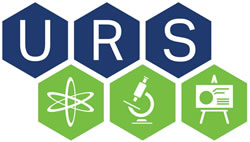
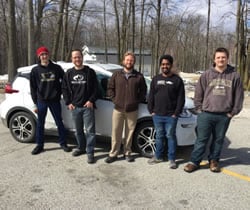

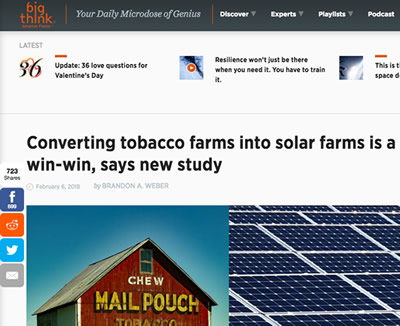 Research by Electrical Engineering alumnus Ram Krishnan ‘16 and Joshua Pearce (MSE/ECE) on converting tobacco farms to solar photovoltaic farms was covered widely in the media including;
Research by Electrical Engineering alumnus Ram Krishnan ‘16 and Joshua Pearce (MSE/ECE) on converting tobacco farms to solar photovoltaic farms was covered widely in the media including; 